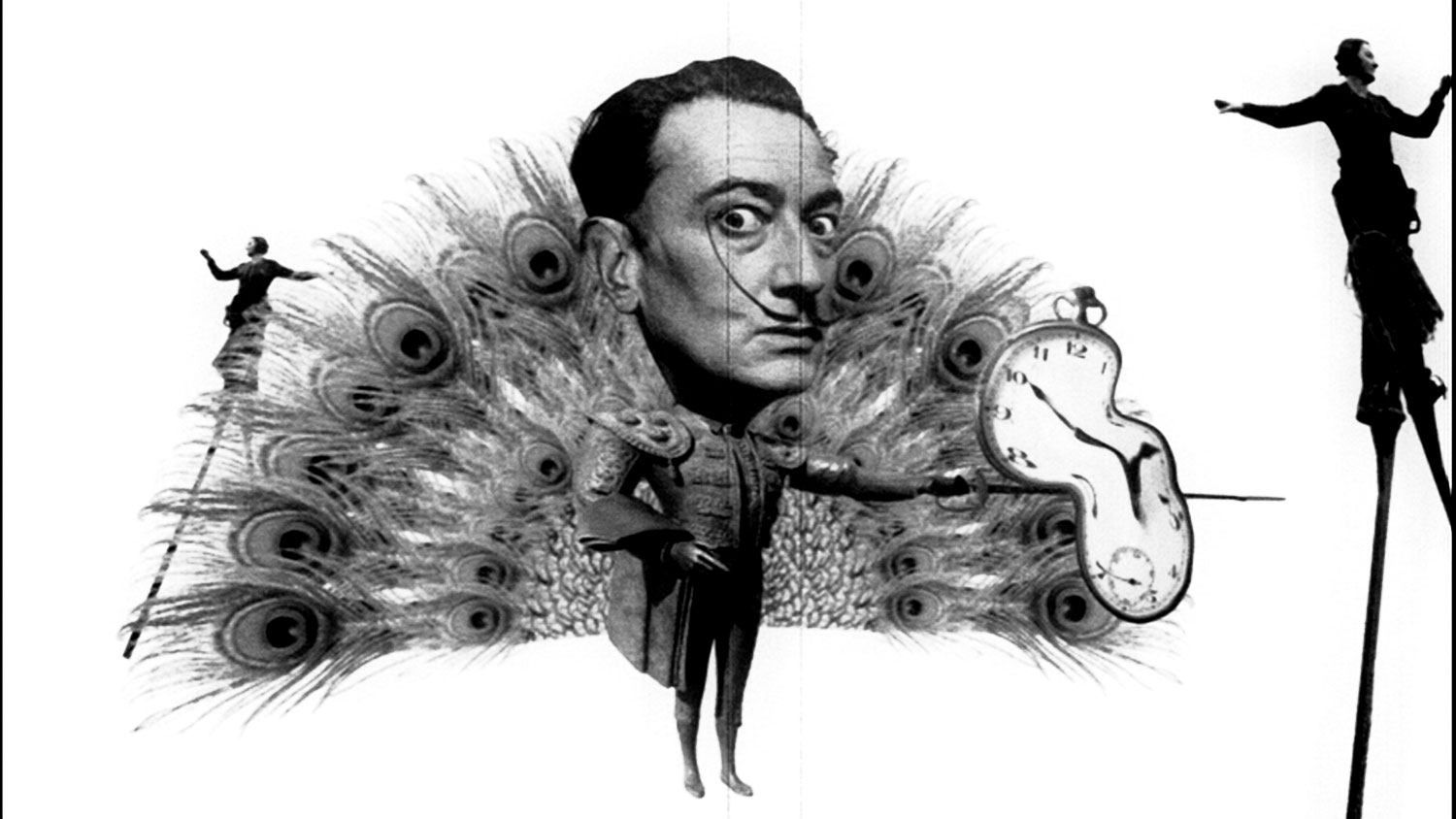Karl Leschinsky
Contributor

After a screening last month at this year’s Rendezvous with Madness festival, which features films dealing with mental health, an addiction rehabilitation worker spoke to the audience about the stigma of admitting one has a mental illness.
While many advertisements provide support for people whose family members suffer from mental illness, few portray a mentally ill person admitting to their diagnosis. That can be contrasted, too, to the many willing to come forward and admit they have cancer or a physical illness.
Society tends to blame mental illness on the person that is mentally ill, as if they have deviated immorally from a code of sanity to which everyone else agrees.
Filmmakers often have a more nuanced perspective. Earlier this year at the Toronto International Film Festival, documentary filmmaker Errol Morris said he sincerely believes we are all mad in one way or another. We all deceive ourselves on this point to some degree, because we can’t see the whole picture. Rendezvous with Madness recognizes this essential truth, which films have always had an interest in.
One of this festival’s films, Rouge Ciel, explores “art brut” – art created outside mainstream boundaries of what art is supposed to be, including works made by artists considered mentally ill or living on the fringes of society. In America, “art brut” translates to “outsider art,” but experts in the documentary explain they find that term inaccurate and offensive. The artists in question make works that are universal, while particular cultures simply exclude some perspectives.
While Rouge Ciel didn’t convince me each of these brut artists had actually produced a work of art, the documentary is never boring and the spirit behind the artworks is very moving. The artists display a near religious devotion to their work, creating without the promise of financial reward or fame. In fact, many of the artists’ work was never noticed in their lifetime. Whether or not one likes their work, their passion is deeply felt and daringly unique – something that can’t be said for the output of many popular “artists.”
Another documentary at the festival, Holding Hands, discusses an issue which is very timely. The film follows an Australian gay couple, Craig and Shane, victims of a brutal hate crime that almost killed Craig. Those responsible were never found.
The upside of the story was that it gained media attention for homophobic violence, though this wasn’t exactly consolation for the young men, whose long recovery from injuries was physical, because it involved multiple surgeries, as well as psychological. In the film, one of the lovers suffers post-traumatic stress disorder while the other collapses from exhaustion after months of helping his partner recover. Both have become more aware of the challenges of stigma and exposure that they continue to face, even in their own families.
Other films at the festival included La Tueuse (The Killer Queen), a drama about a pregnant and unemployed nurse who becomes ruthlessly addicted to online poker; Mind of the Demon: The Larry Linkogle Story, a documentary about motocross stunt devil Linkogle’s addiction to adrenaline; and Le dernier pour la route (One for the Road), a drama about alcoholism denial starring François Cluzet (the French Dustin Hoffman).
The Man of a Thousand Songs, a documentary about Newfoundland singer-songwriter Ron Hynes and his decades of drug addiction, screened at the festival’s closing night gala. Hynes attended the screening and played for the audience afterwards.
Hynes is at least one person who has been able to admit to suffering from mental illness. The festival, along with other similar films screening through the year, hopes it can help others (mentally ill or not) to be more open as their lives move forward.
Rendezvous with Madness Film Review ›
REPEATERS
York University master of fine arts graduate Carl Bessai opened this year’s Rendezvous with Madness film festival with a bang. Bessai’s B-film with a brain, Repeaters, is marketable as action entertainment but is also intellectually unsettling at times.
Repeaters follows three drug addicts in rehab as they discover they are repeating the same day over and over again after a strange electrical storm. Yet the film isn’t a Groundhog Day so much as it’s like Christopher Nolan’s Memento or The Dark Knight.
One of the more nihilistic addicts rages against another character who believes in taking responsibility even in a world where nothing will change. Another spends his repeating days thrill-seeking without any consequence, while the third tries to reconnect with a sister with whom he lost contact.
The film’s conclusion, which explains why each character believes what they do versus the beliefs of the others, doesn’t make the movie any less mysterious, only leaving us with further psychological and philosophical questions.
Ultimately, the film’s structure effectively communicates the hopelessness that underlies many addicts’ drive to be reckless.



